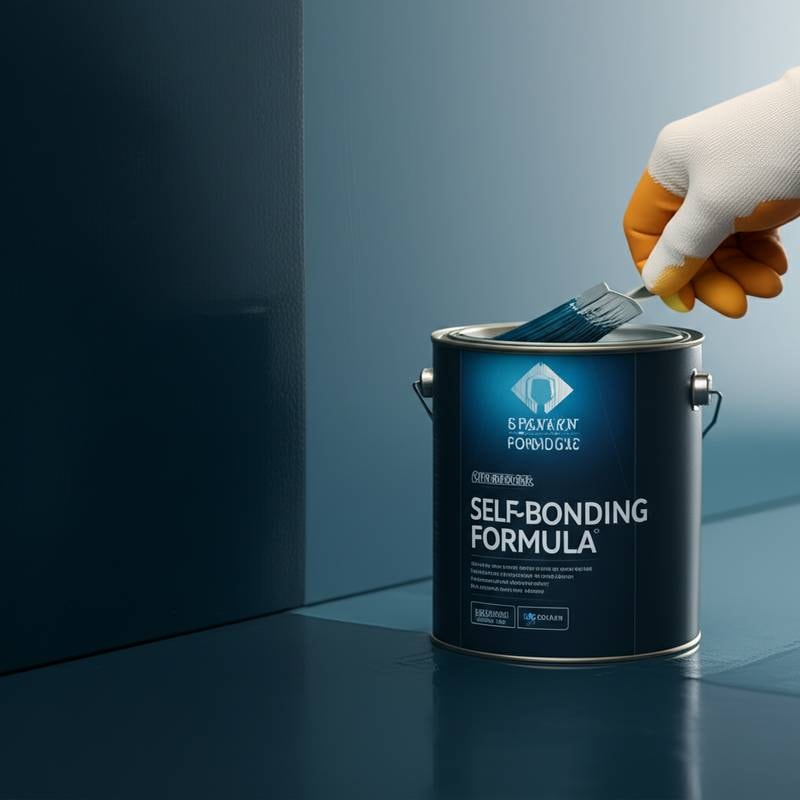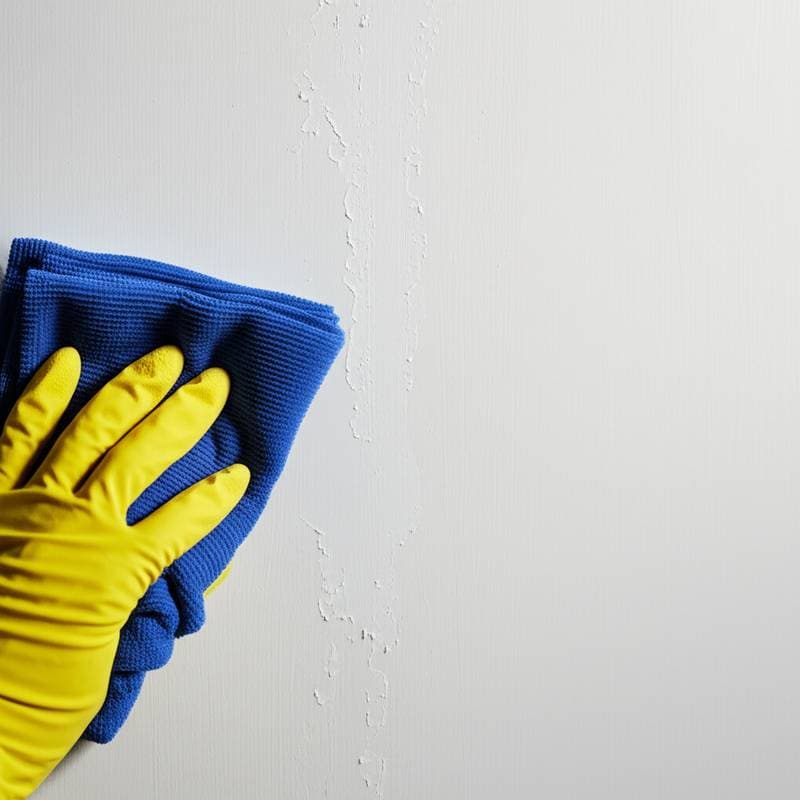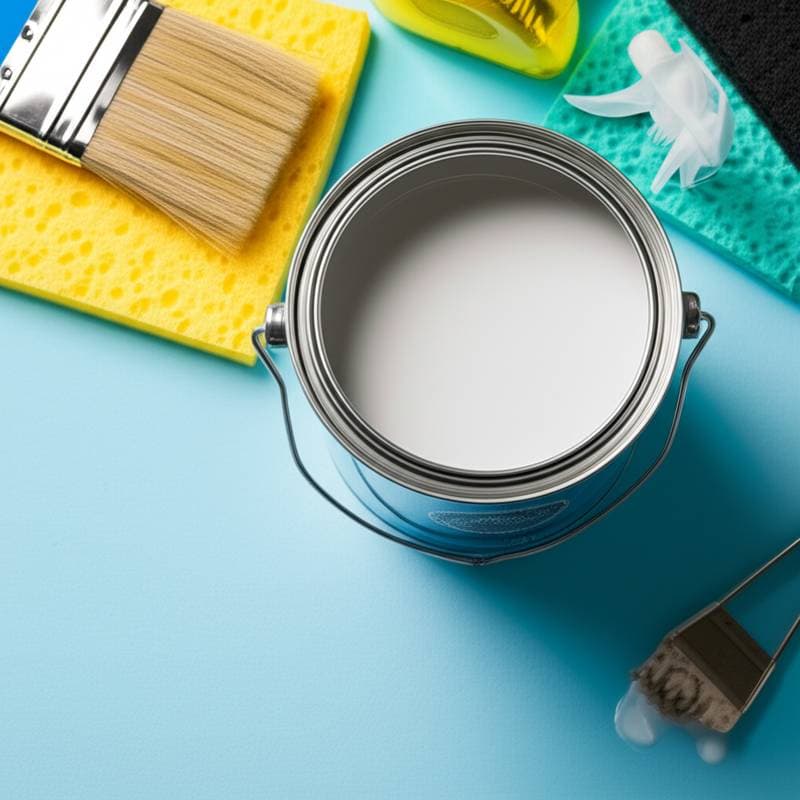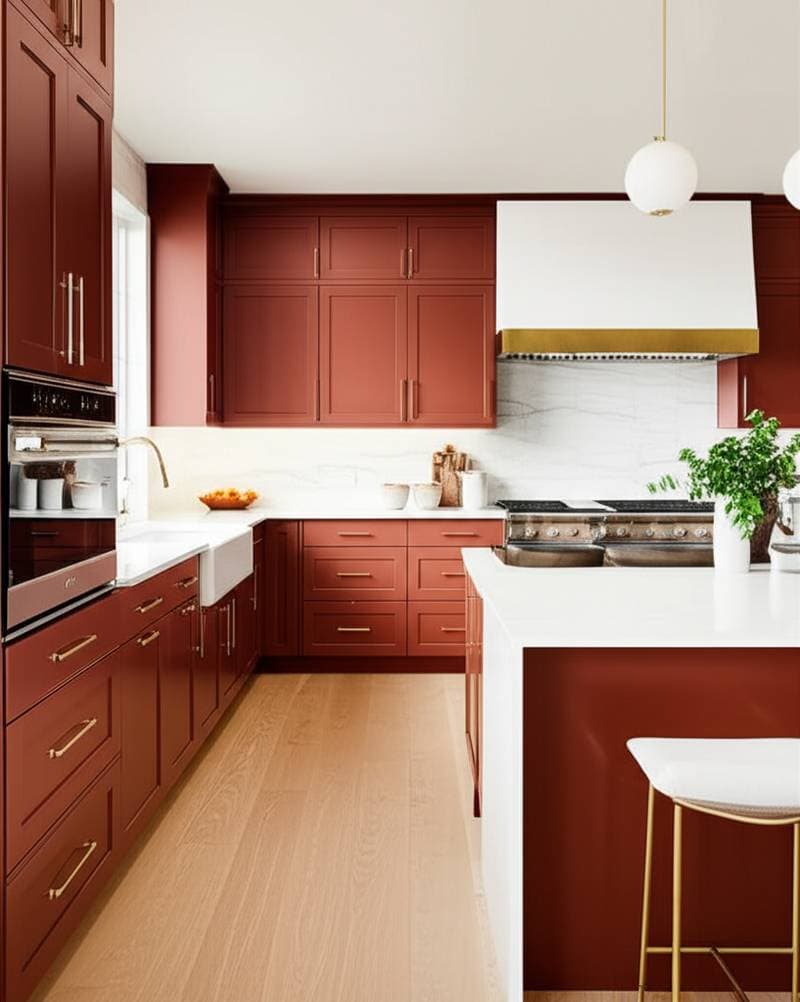This shift might sound small, but it has transformed how professionals and do-it-yourself enthusiasts prepare and apply finishes. The following sections explore why the traditional rule changed, what this means for painting projects, and practical ways to achieve smooth, durable results without excessive effort.
Advances in Paint Formulations
Newest paint formulations incorporate advanced resins that cure in distinct stages. The initial coat solidifies sufficiently to secure pigments and balance surface absorption, yet it remains slightly receptive at a molecular level. Upon application of the subsequent coat, the layers integrate to form a seamless film through chemical adhesion. Mechanical abrasion, such as sanding, becomes unnecessary for ensuring grip.
Certain paints feature self-leveling agents, micro-silica particles, or nanopolymer binders. These components maintain surface smoothness while facilitating strong intercoat bonds. The outcome resembles a professionally sprayed finish, achievable even with rollers or brushes. This development streamlines the process without compromising quality.
Sanding retains its role, but in targeted applications. Focus efforts on initial surface preparation before the first coat and final refinements after the last. Treat sanding as a precise technique rather than a routine obligation.
Determining When to Omit Intercoat Sanding
Success depends on familiarity with the specific product. Consult the technical data sheet or product label for guidance. Numerous paints indicate no sanding requirement between coats if applied within a designated timeframe, typically several hours. This period optimizes the chemical bonding process. Exceeding this interval may necessitate a light scuff to restore receptivity.
Consider these categorized approaches:
-
Basic or Do-It-Yourself Applications:
Standard latex or acrylic paints for interior walls often permit recoating without sanding, provided the surface remains clean and dry. A wipe with a microfiber cloth suffices in most cases. Verify instructions on the container to confirm compatibility. -
Intermediate or Semi-Professional Projects:
Hybrid enamel paints for trim, doors, or furniture frequently self-bond effectively. Proceed without sanding if recoating occurs within the specified window. Beyond that, employ a fine-grit sanding sponge for minimal abrasion. -
Professional or Specialized Finishes:
High-performance options like cabinet-grade urethanes, marine coatings, or high-gloss lacquers demand selective sanding for optimal clarity and smoothness. Apply micro-sanding strategically to enhance appearance, rather than solely for adhesion.
This targeted strategy allows painters to balance efficiency with precision.
Implications for Professionals and Home Enthusiasts
Professionals benefit from enhanced productivity and reliable outcomes. Projects complete more swiftly, delivering durable finishes that satisfy stringent standards. For home painters, the reduced complexity encourages tackling larger endeavors. Fewer sanding sessions translate to diminished physical strain and error risks.
In fast-paced environments, such as production sets for design content, these advancements prove invaluable. Rapid recoating enables real-time demonstrations of transformations, capturing pristine close-up shots free from dust residue. The advantages extend universally.
Quality remains paramount. Test techniques on inconspicuous areas initially. Signs of issues, such as dragging during application, fisheye formation, or beading, indicate potential surface contamination or excessive slickness. Address these with targeted sanding and cleaning to restore proper adhesion.
Enhancing Finish Longevity Through Innovation
Omitting redundant sanding not only conserves time but also safeguards the coating's structural integrity. Each abrasion risks diminishing protective thickness. Chemical bonding preserves layer fullness, resulting in unified films resistant to chipping, moisture ingress, and color fading.
In high-wear areas like furniture and cabinetry, this resilience shines. Doors endure repeated impacts, drawers facilitate smooth operation, and countertops withstand routine abrasion. The monolithic film maintains uniformity, outperforming layered alternatives.
Maintenance simplifies as well. Chemically integrated layers facilitate seamless touch-ups, as repairs integrate naturally. Homeowners and property managers appreciate this practicality for sustained aesthetics.
To illustrate, consider a kitchen cabinet refresh. Apply the base coat, allow partial curing, then add topcoats without intercoat sanding. The result withstands daily use, with colors vibrant and surfaces unmarred after years.
Surface Preparation Fundamentals
Effective painting begins with thorough initial preparation. Clean surfaces remove dust, grease, and contaminants that hinder adhesion. Use mild detergents for washable areas, followed by rinsing and drying. For previously painted walls, inspect for flaking or peeling; scrape and patch as needed.
Prime uncoated or repaired surfaces to promote even absorption. Modern primers often incorporate bonding agents that align with advanced topcoats. Allow recommended drying times to avoid compatibility issues.
In humid environments, ensure adequate ventilation to accelerate curing. Tools like dehumidifiers or fans aid this process, preventing prolonged openness that could invite dust accumulation.
Application Techniques for Optimal Results
Select appropriate tools based on surface and paint type. Rollers suit broad walls, providing even coverage with minimal texture. Brushes excel for edges and details, ensuring precision.
Apply coats in thin, uniform layers to maximize self-leveling properties. Overloading leads to drips or uneven drying. Maintain consistent pressure and speed for professional-grade outcomes.
Monitor environmental conditions. Ideal temperatures range from 50 to 85 degrees Fahrenheit, with humidity below 50 percent. Deviations prolong curing and weaken bonds.
For multi-coat projects, track timing meticulously. Adhere to product-specified recoat windows to leverage chemical adhesion fully.
Environmental and Health Considerations
Modern paints reduce dust generation, improving air quality during application. This benefits indoor spaces, minimizing respiratory irritants for occupants and applicators alike.
Many formulations emphasize low volatile organic compounds, aligning with sustainability goals. Waterborne options further decrease solvent emissions, supporting eco-conscious practices.
Proper disposal of materials prevents environmental harm. Rinse tools in designated areas and recycle containers per local guidelines.
Embracing Evolving Practices
Paint technology continues to advance, promising further refinements in efficiency and performance. Future developments may include even faster-curing hybrids or smart additives that adapt to conditions.
Painters gain opportunities to focus on creative aspects, such as color selection and design integration. Clients enjoy superior finishes in healthier environments.
Traditionalists may hesitate to abandon familiar routines. Start with modest trials, such as refinishing a side table or accent wall. Observe the bonding and leveling firsthand. This approach builds assurance in innovative methods.
Progress in painting blends science with craftsmanship effectively. Strategic preparation, quality products, and reliance on proven innovations elevate outcomes from satisfactory to exceptional.



